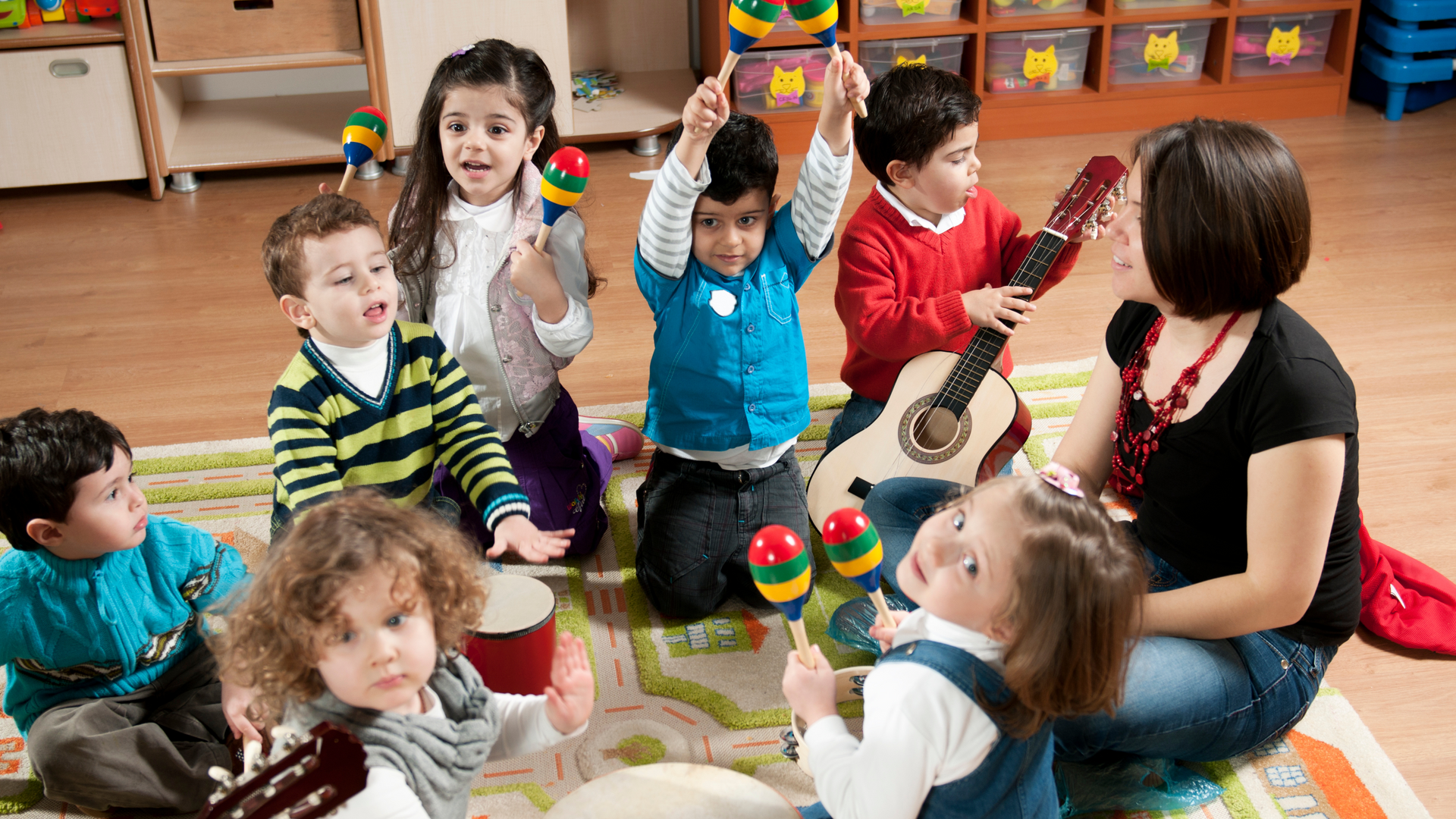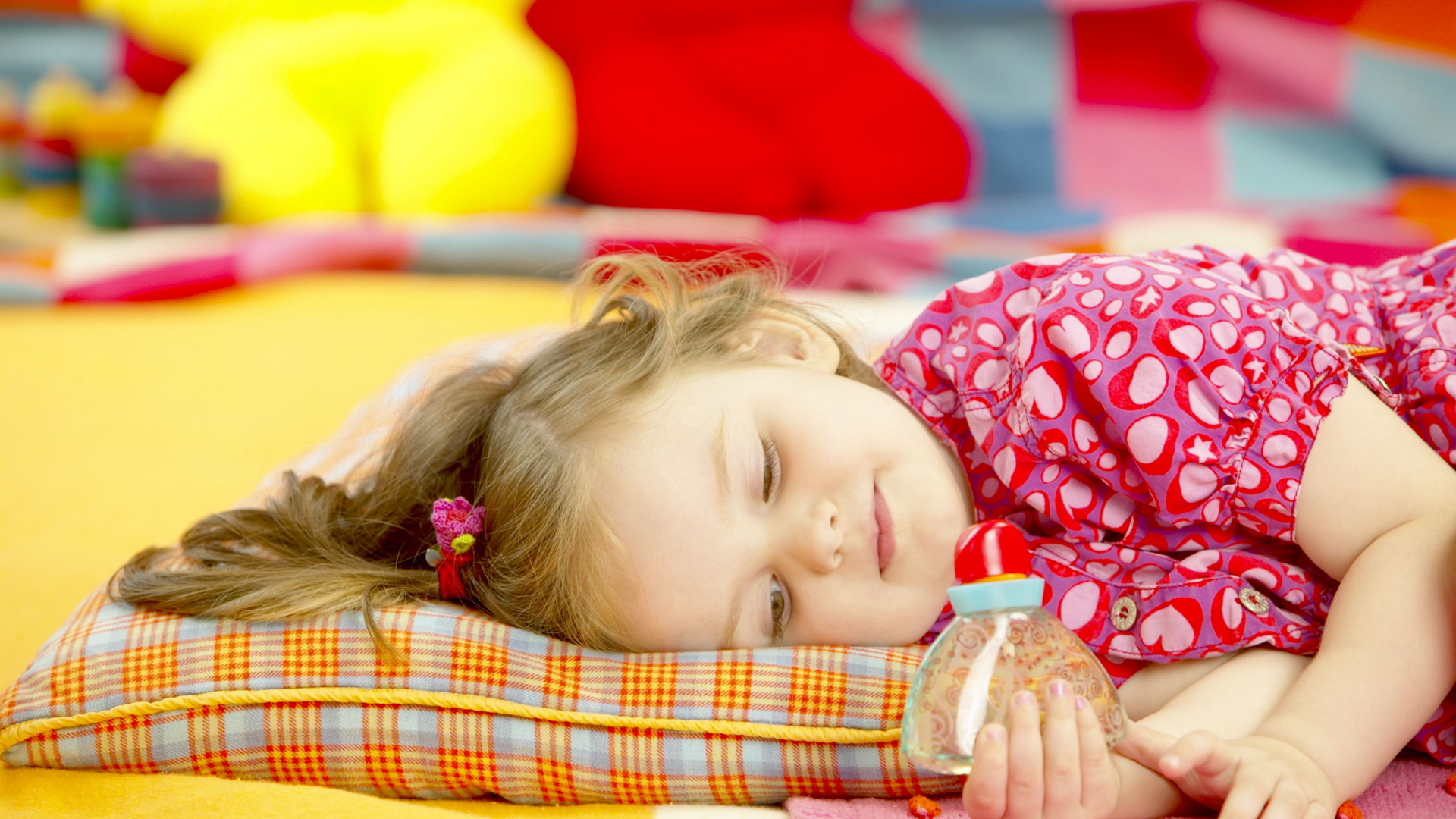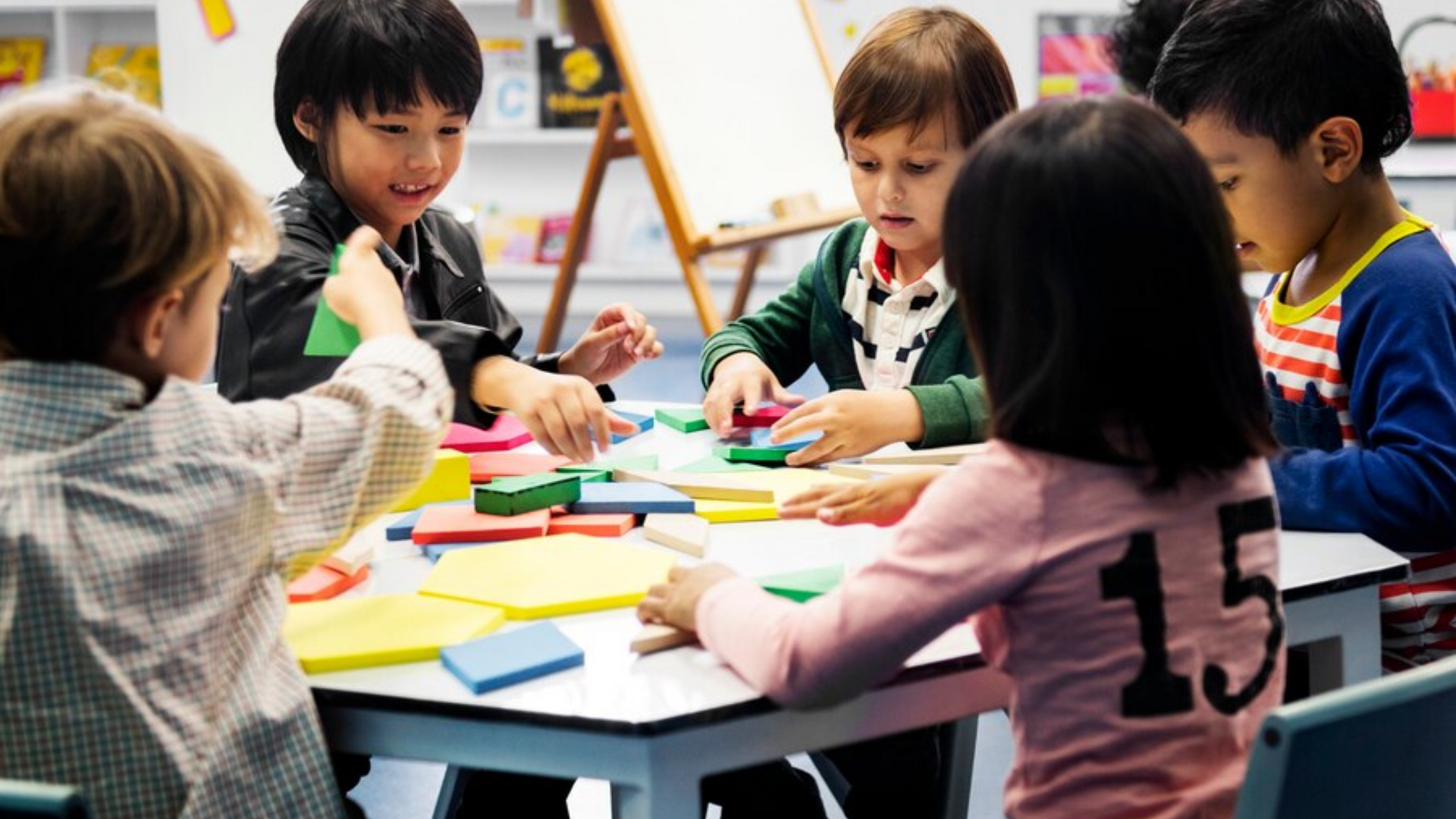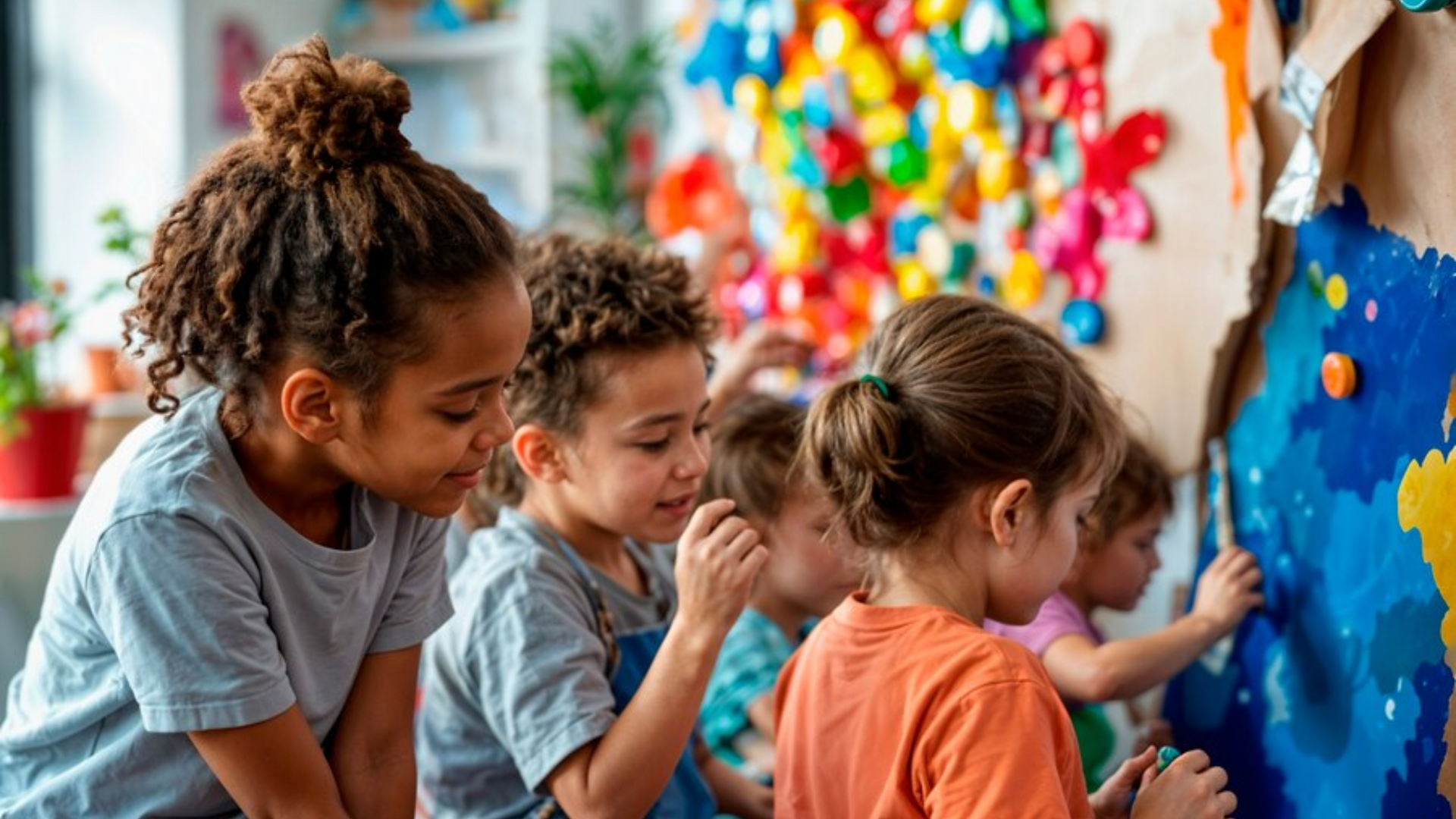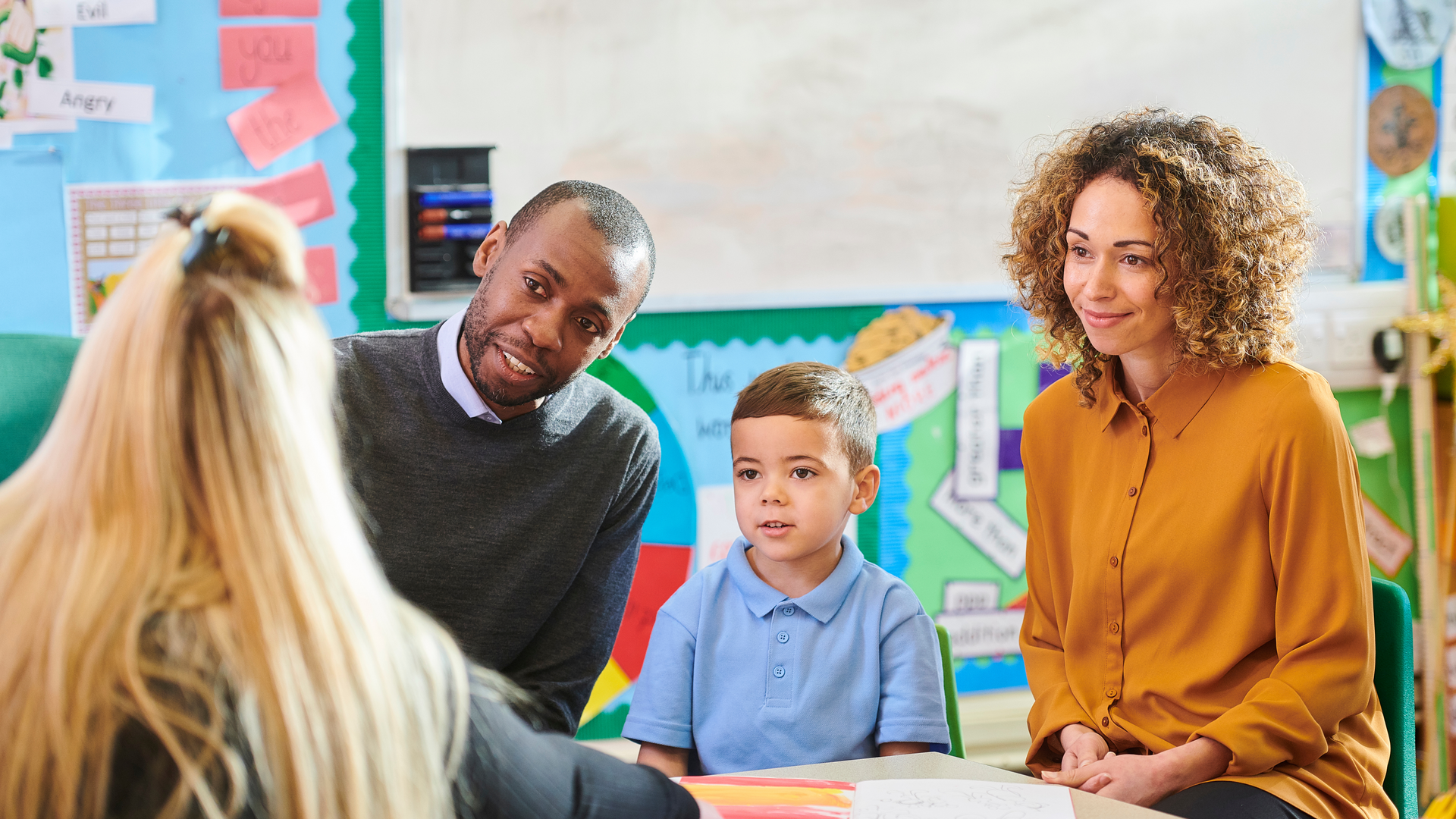Screen Time vs. Play Time: Finding the Right Balance for Young Children

In today’s tech-driven world, screens are everywhere—from tablets and TVs to smartphones and laptops. For young children, digital devices can be both fascinating and overwhelming. As a parent or caregiver, it’s natural to wonder: How much screen time is too much? Is it harming my child’s development? And how do I make more space for play in our daily routine?
At EduKids Academy, we believe in supporting the whole child—mind, body, and spirit—and that includes guiding families toward healthy habits. Finding the right balance between screen time and play time is one of the most important challenges in modern parenting, and getting it right can have lifelong benefits for your child.
Let’s explore how screen use impacts early development, the power of play, and how to strike a screen-play balance that supports your child’s growth without completely banning technology from your home.
The Rise of Screen Time in Early Childhood
Over the past decade, screen time for young children has skyrocketed. Whether it's streaming cartoons during breakfast or tapping through learning apps on a tablet, digital exposure often starts earlier than ever.
According to the American Academy of Pediatrics (AAP):
- Children under 2 should avoid screen time, except for video chatting.
- Ages 2–5 should be limited to
one hour of high-quality programming per day, with adult interaction.
- Screens should
never replace sleep, active play, or face-to-face interaction.
Still, many children are averaging far more than this—often several hours a day. This doesn’t mean parents are failing; it means the convenience and availability of screens make them hard to resist. But awareness is key.
What’s the Impact of Excessive Screen Time?
While screens can offer educational benefits when used correctly, excessive or unregulated screen time can have negative effects on a child’s development, especially during the critical early years.
Developmental Delays
Too much passive screen time can limit real-life experiences that build motor skills, language, and social abilities. Children learn best from hands-on exploration and human interaction—not from watching a screen.
Sleep Disruption
Exposure to blue light, especially before bedtime, interferes with melatonin production and circadian rhythms, making it harder for children to fall and stay asleep.
Behavioral and Emotional Effects
Excessive screen use has been linked to attention difficulties, increased irritability, and lower emotional regulation in young children.
Reduced Creativity and Problem-Solving
When screens dominate downtime, children have fewer opportunities to engage in imaginative play, which is essential for building critical thinking and creativity.
The Power of Play: Nature’s Best Teacher
Play is how children learn. It isn’t just “free time”—it’s a vital part of brain development and overall well-being. Whether it’s building with blocks, dressing up, painting, or playing tag, play teaches children how to think, solve problems, express emotions, and relate to others.
Here’s what play helps develop:
- Language and Communication: Conversations during pretend play and games expand vocabulary and narrative skills.
- Motor Skills: Running, climbing, and drawing all enhance physical coordination and strength.
- Executive Function: Play boosts memory, focus, and self-control—skills essential for academic success.
- Emotional Intelligence: Through play, children practice empathy, negotiation, and understanding emotions.
At EduKids Academy, play is at the heart of our learning approach. We design every activity with intention, helping children build foundational skills through joy and exploration.
Striking the Balance: Screen Time vs. Play Time
Technology is here to stay, and that’s not necessarily a bad thing. The key is to use screens intentionally and ensure they’re not replacing the essential building blocks of development—like play, conversation, and movement.
Here are some tips for creating a healthy screen-play balance:
1. Set Clear Limits and Boundaries
- Follow the AAP guidelines: one hour max per day for kids ages 2–5.
- Establish screen-free zones (like the dinner table and bedroom).
- Use timers or visual cues to help your child know when screen time is over.
2. Choose High-Quality Content
- Opt for educational shows or apps designed for early learners (like PBS Kids or Khan Academy Kids).
- Co-view and co-play when possible to turn screen time into a bonding moment.
3. Schedule Daily Unstructured Play
- Make sure your child has at least 1–2 hours of active, screen-free play each day.
- Provide open-ended materials like building blocks, puppets, art supplies, and musical instruments.
4. Be a Role Model
Children are always watching. If they see you glued to your phone or scrolling through a screen during downtime, they’ll copy that behavior. Model digital balance by prioritizing reading, conversation, and outdoor time.
5. Create a Routine that Works
Develop a predictable daily rhythm that includes screen time in moderation—but surrounds it with real-world learning, physical activity, and human connection.
Sample Balanced Day for a Preschooler
Here’s how a day might look when screen time and play time are in harmony:
Morning
- Breakfast and family conversation
- Independent play (blocks, pretend kitchen, dolls)
- Outdoor time or nature walk
Midday
- Lunch and story time
- Quiet rest or nap
- Screen time (30 minutes co-viewed educational show)
Afternoon
- Sensory play (playdough, water table)
- Music and movement
- Free choice play or craft activity
Evening
- Dinner with no devices
- Family game or puzzle
- Bath, bedtime story, and sleep
This kind of balanced day provides stimulation, connection, rest, and age-appropriate screen time, all while nurturing your child’s development.
What If You’re Already Relying on Screens More Than You’d Like?
First, take a deep breath—you're not alone, and there’s no need for guilt. Parenting is hard, especially in a world where screens are the go-to tool for keeping kids entertained while you manage a million other things.
If you’re looking to shift the balance:
- Start small. Cut back 10–15 minutes a day and replace it with a play-based activity.
- Set expectations. Explain the new routine to your child and stick with it.
- Offer enticing alternatives. Have a few go-to “boredom busters” ready—like a sensory bin, a dance party playlist, or a simple art project.
With consistency and encouragement, your child will adapt—and may even surprise you by asking for screens less often.
Screen Time in the Classroom: What We Believe
At EduKids Academy, we believe that screens have a place—but not at the center of early childhood education. Our focus is on hands-on, play-based learning, outdoor exploration, and social interaction.
When technology is used, it’s done intentionally—to support learning goals, introduce new concepts, or reinforce skills in fun and interactive ways. But the heartbeat of our classrooms is the laughter, movement, and creativity of real, active play.
Final Thoughts
Finding the right balance between screen time and play time isn’t about perfection—it’s about being mindful. Technology can be a powerful tool when used with intention, but it should never replace the magic of play, the joy of discovery, or the connection of face-to-face interaction.
As parents and educators, we have the opportunity to create an environment where children can thrive—with screens in their proper place and play as a daily priority.
And if you're ready to explore more ways to support your child’s development through structured, play-based learning, discover the 7 Advantages of Early Childcare Enrollment and learn What’s the Best Age to Start Childcare to help you make informed choices about your child's early education journey.
